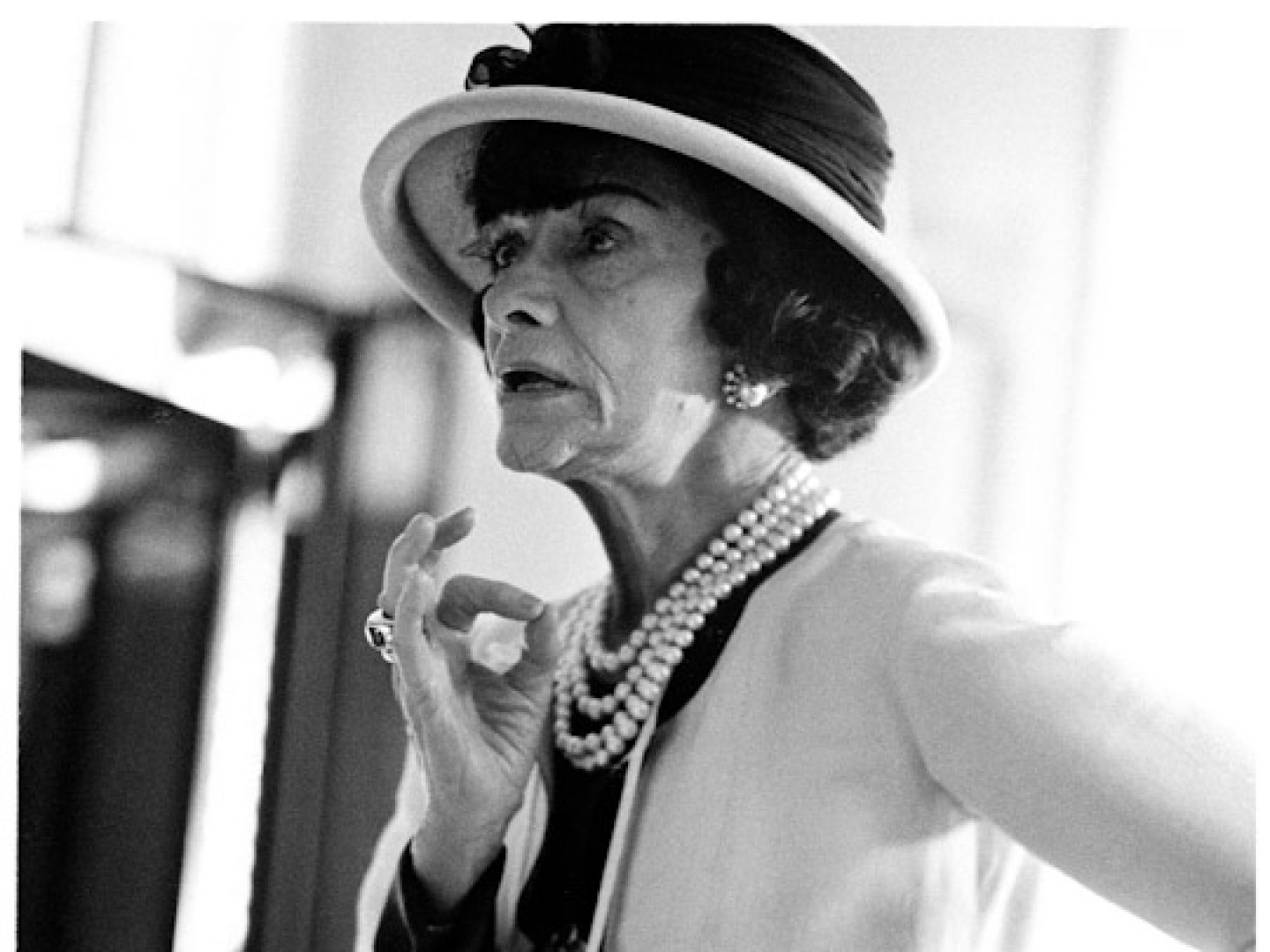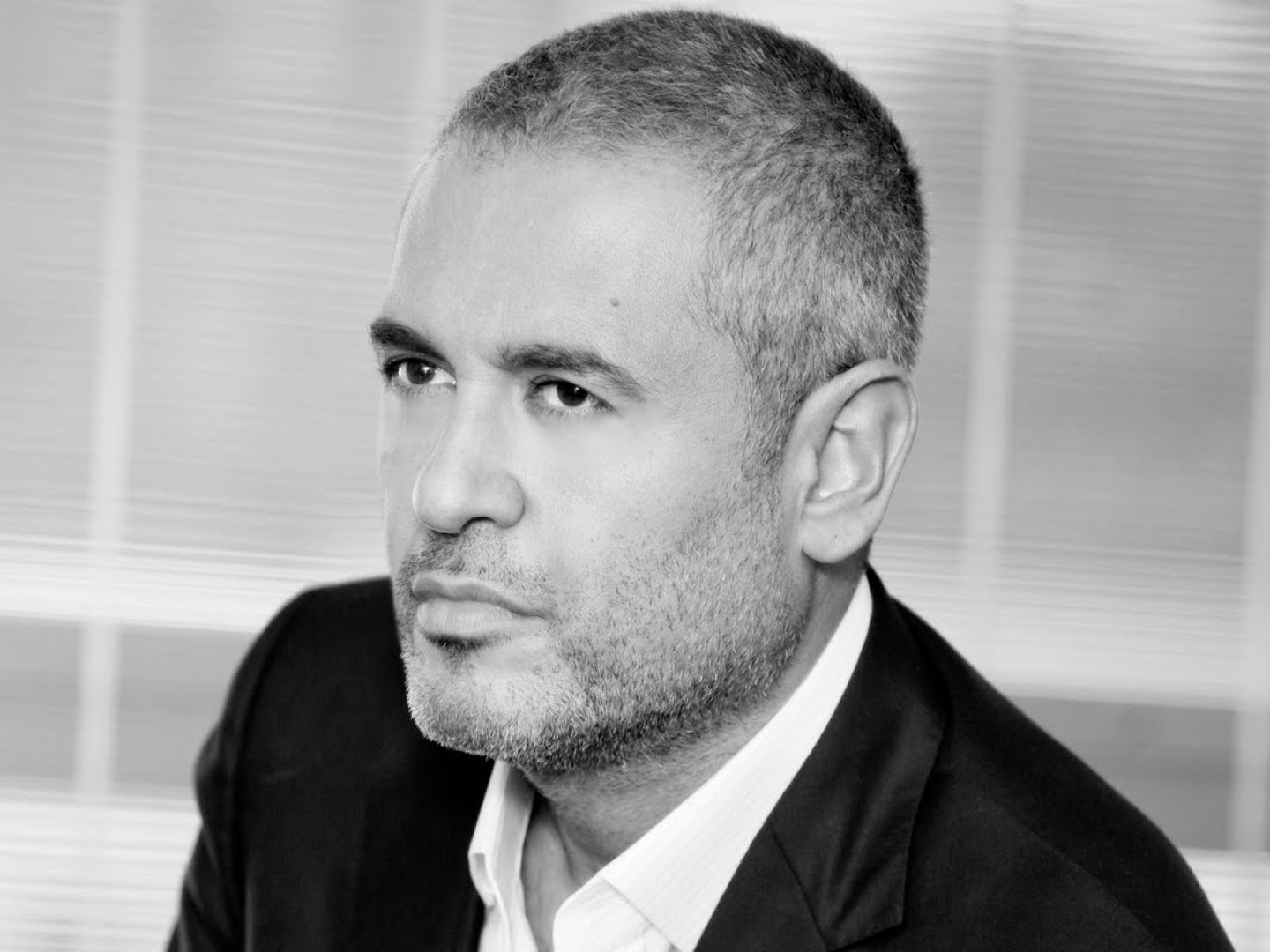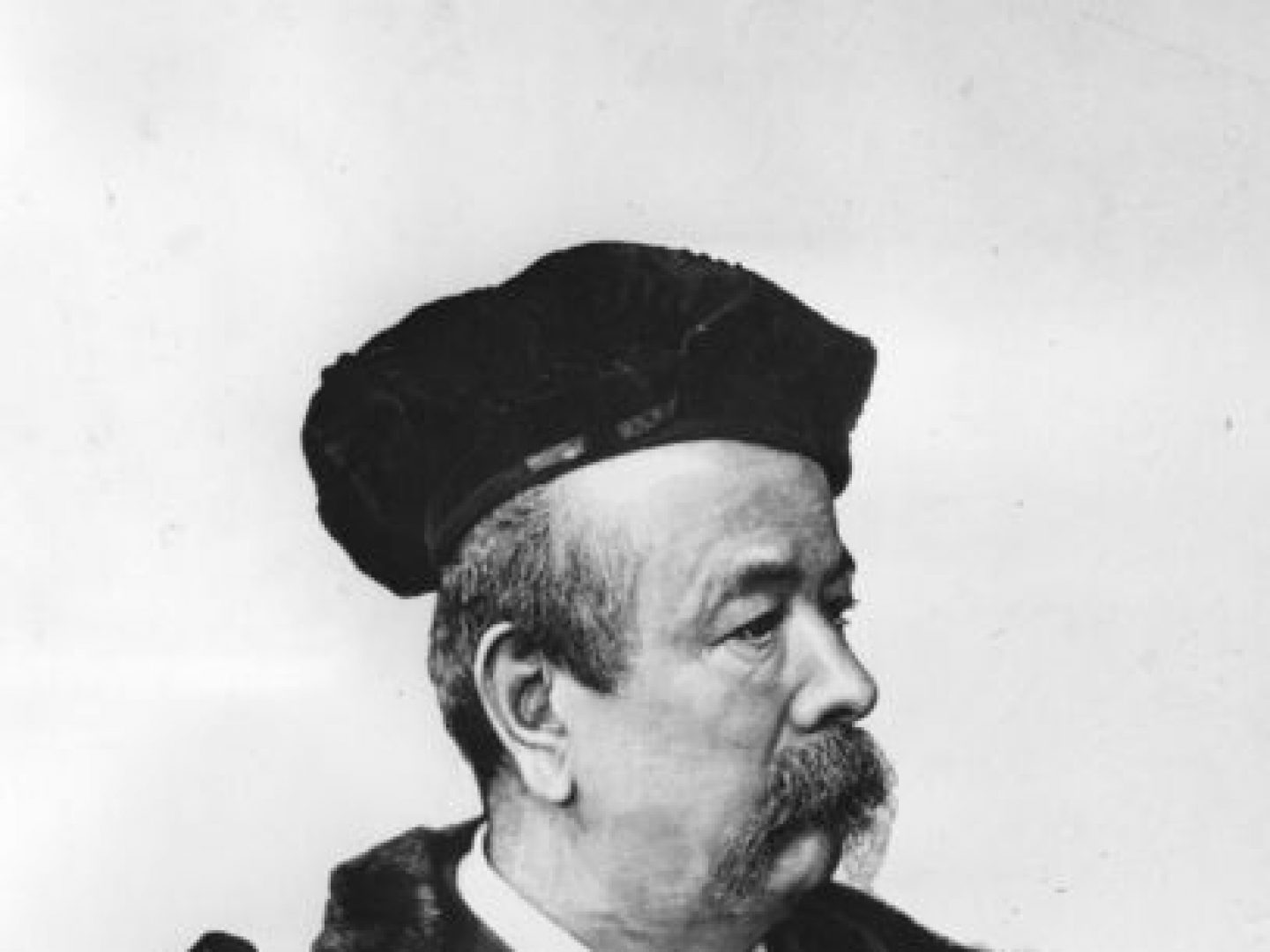

He graduated to the dressmaking department and won acclaim for displays at the 1851 Great exhibition in London and the 1855 Paris Exposition Universelle. In 1858 The House of Worth opened it’s doors and was one of the first houses to use live models to showcase designs to clients. All Worth’s evening dresses featured lavish textiles trimmings and ornamental embroidery.
In time Worth became known as ‘The Father of Haute Couture’. Notable clients included Empress Eugenie, wife of Emperor
Napoleon III; Elizabeth, Empress of Austria and Queen of Hungary; Louisa, Queen of Sweden; Maria Cristina, Queen of Spain; and Ranavalona, Queen of Madagascar.
Early 20th century fashion designers such as Jacques Doucet (founded in 1871), Rouff (founded 1884), Jeanne Paquin (founded in 1891), the Callot Soeurs (founded 1895), Paul Poiret (founded in 1903), Louise Chéruit (founded 1906), Madeleine Vionnet (founded in 1912), Elsa Schiaparelli (founded in 1927) continued to advance


Worth’s legacy was the transformation of the clothing industry into what we might now call the fashion industry and by sewing his name into each garment he produced he was pioneering the concept of the fashion brand.
the world of Haute Couture. Schiaparelli’s modern take on embroidery with her collaboration with French embroidery house Lesage interpreting motifs designed by Christian Berard, Jean Cocteau and Salvador Dali helped bring French Haute Couture to the world.
Gabrielle Bonheur Chanel (Coco) founded the fashion brand Chanel in 1909 and was credited with liberating women from the constraints of the corset and popularising ‘casual chic’.
In the early days, she hired Russian immigrants to work in her embroidery studio realising her designs before growing and developing her vision through the 1920s and 30s. By the outbreak of WWII, when she closed her shops claiming ‘it was not a time for fashion’, she had a workforce of 3,000 women.
Throughout a colourful and controversial life, she created the famed Chanel suit and the little black dress with American Vogue likened Chanel’s “little black dress” to the Ford, alluding to its almost universal popularity as a fashion basic.
Her designs were often streamlined silhouettes with delicate tulle, lace or embroidery adding femininity and romance.
Coco Chanel died in 1970 with Karl Lagerfeld assuming the role of head designer and creative director in 1983. The fashion house is stronger than ever as Lagerfeld continues to mine the Chanel archive for inspiration season after season proving Chanel’s original vision was as timeless as it was revolutionary.




Another famed French couturier, Christian Dior began working under fashion designer Robert Piguet. Piguet was a hotbed for emerging talents with Dior working alongside Pierre Balmain and being succeeded by Marc Bohan. Dior said of his time at Piguet, ‘Robert Piguet taught me the virtues of simplicity through which true elegance must come.
In 1940 Dior was called away from fashion to undertake compulsory military service. Little is known about the next two years of his before his service ended. In 1942, when France was occupied, Dior joined fashion designer Lucien Lelong producing couture dresses for the wives of Nazi officers and collaborators.
It is alleged by his long-time associate Alexis, Baron de Rede, that Dior passed sensitive information to his sister in the French resistance. (He would later honour her by naming his debut fragrance Miss Dior in honour of her).
The House of Christian Dior was founded on December 16th, 1946 but many cite 1947 to be the true year of conception as that was the year Dior showed his debut collection. Pre-war fashions had been restricted by rationing across Europe and subsequently, designs had become simple and understated. By contrast, an average Dior dress used 20 yards of fabric and set the tone for the return of Paris to the
international fashion stage. In the debut show, Dior presented 90 different looks which prompted Carmel Snow, the editor of the influential US Harper’s Bazaar to describe the influential collection as the “New Look”.
The most recent high profile Creative Director at Dior was famed minimalist Belgian Fashion Designer Raf Simons. (As documented in the 2015 film ‘Dior and I’) Simon’s debut Dior A/W 2012 collection was called ‘The new couture’ and made reference to the start of a new Dior through the work of Simons.
After Dior’s death in 1957, Yves Saint Laurent took over as Haute Couture Designer and remained at the company until 1962.
According to the Guardian’s Jess Cartner-Morley the designer’s collection ‘made more references to Mr Dior than to the house of Dior’ with Simons himself stating ‘I wanted it to be linked to the codes of Dior, but to have more energy’. The legacy of Christian Dior very much lives on in the house that bears his name.
In 1970 an eighteen-year-old Jean Paul Gaultier was hired by Pierre Cardin based on sketches he had been sent. Just six years later Gaultier released his first individual collection and developed his style year after year before becoming know as the ‘enfant terrible’ of the French fashion scene. From 2003 to 2010 he was Creative Director at Hermes who invested in his Jean Paul Gaultier brand.
Up until 2014, he designed for three collections: his own couture and ready-to-wear lines, for both men and women. At the S/S 2015 show, he announced that he was closing the ready-to-wear labels to focus on his original passion, haute couture.
Another early starter was Beirut born Elie Saab who at just 18 opened his first atelier with 15 employees. His overtly feminine aesthetic and romantic crystal-encrusted gowns are a dazzling fusion of Middle Eastern detailing and European sensibilities. He gained local notoriety when Beirut’s high society began wearing his pieces before earning international fame after Halle Berry wore an Elie Saab gown when she won the Oscar for Monster’s Ball.
Since the middle of the 20th Century Embroidery designer, S. Lock supported the biggest names in fashion. Over the years he produced embroideries for Hardy Amies, Norman Hartnell, Christian Dior, Jean Muir, Catherine Walker and the Emmanuels. After 2001 when M. Hand and S. Lock merged to become Hand & Lock this tradition continued with the biggest 21st Century designers including Chanel, Givenchy, Hermes, Christopher Kane, JW Anderson, Fendi, Louis Vuitton and Burberry.
Hand & Lock continues to support Haute Couture designers from around the world to this day.
